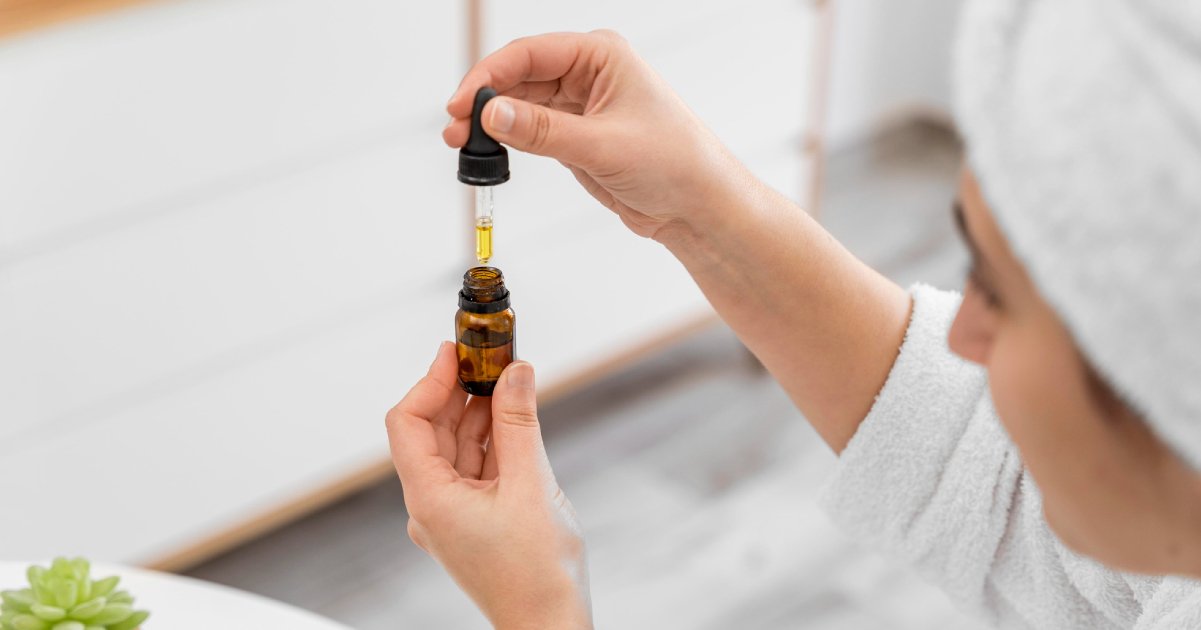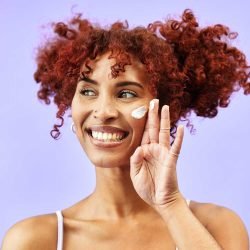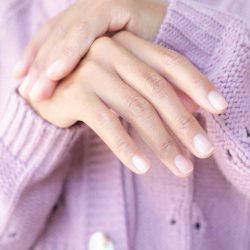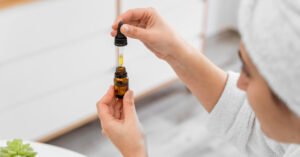

Let's talk about
Hemp Extract Oil (CBD)
Hemp extract oil, commonly referred to as CBD (cannabidiol) oil, is derived from the hemp plant. Here are key points about Hemp Extract Oil:
Source: Extracted from the flowers, leaves, and stalks of the hemp plant. It is important to distinguish hemp-derived CBD from marijuana-derived CBD, as the former typically contains low levels of THC (tetrahydrocannabinol), the psychoactive compound in marijuana.
Non-Psychoactive: CBD is non-psychoactive, meaning it doesn’t produce a “high” sensation associated with THC. It interacts with the body’s endocannabinoid system, which plays a role in regulating various physiological processes.
Potential Benefits: Research suggests that CBD may have potential therapeutic benefits, including anti-inflammatory, analgesic (pain-relieving), anxiolytic (anxiety-reducing), and neuroprotective properties. However, more research is needed to fully understand its effects.
Forms of Consumption: CBD oil is available in various forms, including tinctures, capsules, edibles, and topical products. The chosen form depends on personal preferences and the desired effects.
CBD Oils, CBD Tinctures, and CBD Topicals
The terms CBD oil and CBD tinctures are often used interchangeably, but they are distinctly different products.
There are a handful of ways to extract CBD from the hemp plant, most common is an alcohol-based extraction which is the cheapest way, and it leaves the CBD extract or CBD oil with a very hempy or plenty taste profile.
Another way to extract the CBD and other cannabinoids and terpenes is through CO2 extraction or Supercritical CO2 extraction. This method is more costly because of the machinery involved which can run into the multi-millions of dollars, and the advantage is the flavor profile is by far less hempy or planty than with those CBD extracts and CBD oils that come from alcohol (ethanol) extraction.
Some CBD tinctures are potent CBD extracts, some are mixed in an alcohol solution. They typically contain at least 60% alcohol and are consumed through swallowing via a dropper. Just add the desired amount to the dropper and place it in the back of the gum line, around your molars or wisdom teeth, leave it there for at least two minutes then swirl around like mouthwash before swallowing. These areas have more nerves than just under the tongue, and the longer you leave the CBD oil there and the longer you swirl the CBD oil around (like mouthwash) the faster and the better experience it will be for you.
If you have some fat in your body from a scoop of peanut butter, or some avocado, an omega the faster you can obtain the experience and relief. If you take the CBD oil every 12 hours, you keep the CBD and other cannabinoids including THC (if it’s a Full Spectrum CBD oil). This method bypasses the digestive system and delivers rapid results. CBD oils are CBD extracts that have been mixed with a carrier oil.
Carriers include MCT oil, hemp seed oil, and olive oil, and they all help to increase bioavailability while also diluting the CBD. Keep in mind, the best companies will use truly organic ingredients .
CBD oil products look like tinctures as they are sold in small bottles with droppers and can be ingested orally. However, they are not alcohol solutions and so they are technically not tinctures.
CBD topicals are applied to the skin and absorbed into the bloodstream, at a much slower rate than the orally ingested bottles with droppers aka tinctures. They use a base of oil or water to create a balm, cream, or lotion. Most CBD topicals also contain additional ingredients designed to improve the flavor or results, including essential oils, scrubs, moisturizers, and preservatives.
What Should You Look for in a CBD Tincture and CBD Cream?
Whether you’re buying a CBD oil, cream, or tincture, there are a few things you should look out for:
Cannabinoid Profile
A full-spectrum CBD tincture contains a wide variety of the naturally occurring cannabinoids found within the hemp and cannabis plant. These additional compounds could assist with something known as the Entourage Effect, whereby all the extra cannabinoids, terpenes, polyphenols, and flavonoids work together synergistically.
You can get full-spectrum CBD extracts in all product types, including CBD creams, tinctures, and edibles. The certificate of analysis (COA) will give you a rundown of the exact concentration of these compounds.
Potency and Value
Imagine that you have two CBD products in front of you. Option A contains 50 mL and is priced at $50. Option B contains 100 mL and costs $75.
Which offers the most value for money?
If all things were equal, Option B would be the winner, but that’s rarely the case.
CBD extracts can be added to topical and tincture formulas in varying concentrations. Both Option A and Option B could contain 500 mg of CBD in total, which means you’re paying an extra $25 just for more alcohol, carrier oil, or whatever else was used to bulk out the product.
Larger and more diluted solutions can be easier if you want to take a smaller amount of CBD, but they should be priced accordingly.
Check the total CBD content, compare it to other CBD products on the market, and think less about the cost per mL of product and more about the cost per mg of CBD.
The quality of CBD also matters, so if you’re dealing with multiple brands, consider the extraction method CO2 (supercritical) vs alcohol (ethanol), whether it’s full-spectrum, broad-spectrum, or CBD isolate, all of the other ingredients such as carrier oils and fillers, and whether it’s truly USDA Certified Organic.
Contaminants
All legitimate CBD products should come with a certificate of analysis (COA). Often provided by a third-party lab, preferably one of the labs that are certified by the state in which they operate in. This certificate highlights the product’s chemical makeup, accounting for everything from the cannabinoid content (as noted above) to the pesticides and heavy metals.
The lab results will not only tell you how much heavy metals and pesticide residue were detected, but also what the recommended acceptable amount is. Look for CBD products that are well under these amounts, as repeated use of contaminated CBD could cause health problems. Please note that many companies will not share or invest in these essential third-party lab tests that need to be completed by each and every item they produce in batches and you can find the batch number or lot number on each bottle of the product. These tests you want to see include: mold, mildew, yeasts, salmonella, E. Coli, heavy metals, pesticides, terpenes, and cannabinoids. The best companies make it very easy for their customers and public to see these test results.
Added ingredients
When you purchase CBD products, you’re not just getting CBD. And we’re not talking about the added cannabinoids and terpenes contained within full-spectrum CBD.
CBD tinctures have a bitter taste, so flavorings are often added to make them more palpable. Plant and herb extracts may also be added to produce more desirable reactions.
CBD creams and balms use even more added extracts, from exfoliators designed to scrub away dead skin to moisturizers that hydrate and protect.
If you suffer from allergies or skin irritation, it’s especially important to watch out for these added extras.
Is CBD More Effective Orally Or Topically?
Whether topical CBD or oral CBD works best for you will depend on a number of factors.
In most cases, orally ingested CBD (placed in the back of the gum line, swirled around like mouthwash and then swallowed) will provide the best results.
A topical CBD product may provide some benefits, but it’s unlikely that all of the cannabinoids will enter the bloodstream. If the compounds don’t enter the blood, they can’t reach the cannabinoid receptors, and so they won’t provide the desired results. Simply put, your skin isn’t permeable enough for topical CBD to be as effective as tinctures.
Does that mean topical CBD products are worthless? Not at all. In fact, they could be more effective at assisting with localized issues.
Is CBD Oil Or Topical CBD Better For Relief from Nagging Aches and Severe Discomfort?
Topical CBD products are not as bioavailable as CBD oil and CBD tinctures, which means they are not as effective for getting into the bloodstream. However, they may help more with localized ache or irritation.
Think of it in the context of a relief balm, cream, or gel. If you have lots of aches and discomfort, a serving of ibuprofen will help to take most of it away and should be effective all over your body. If you have muscle ache in a specific area, you may find that a little ibuprofen gel is more effective and can do the job quicker. The gel likely won’t last as long or affect any other part of your body, but enough of it will be absorbed locally to provide temporary relief.
The act of massaging the gel/cream/balm into the muscle also helps. It’s a combination of the placebo effect, muscle stimulation, and various ingredients.
Of course, that doesn’t mean that CBD lotions and creams will provide the same relief, but if you feel the benefits of CBD taken orally, you may experience similar results when using it locally.
Can You Use CBD Oil And Topical CBD At The Same Time?
You can use CBD topically and orally at the same time, but you should monitor the amount and make sure you pay attention to how you feel. Increase or decrease the amount of CBD oil you ingest based on how you’re feeling. No one can tell you exactly what amount to take as your body will speak to you. Everyone’s body is uniquely different.
It’s better to find the delivery method that works for you and then stick to it, whether that means taking oral CBD oil, tinctures, or using topical balms and creams.










